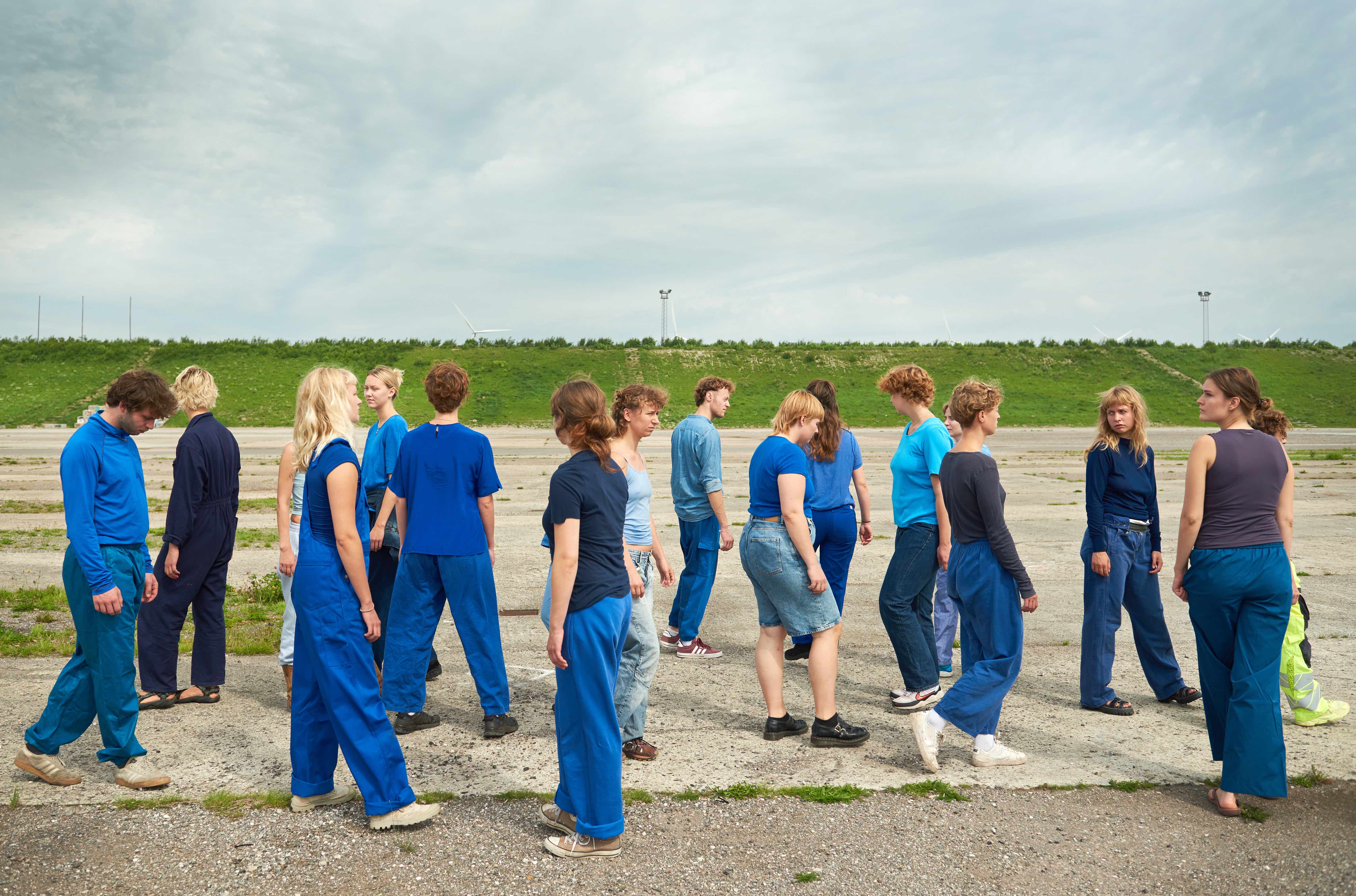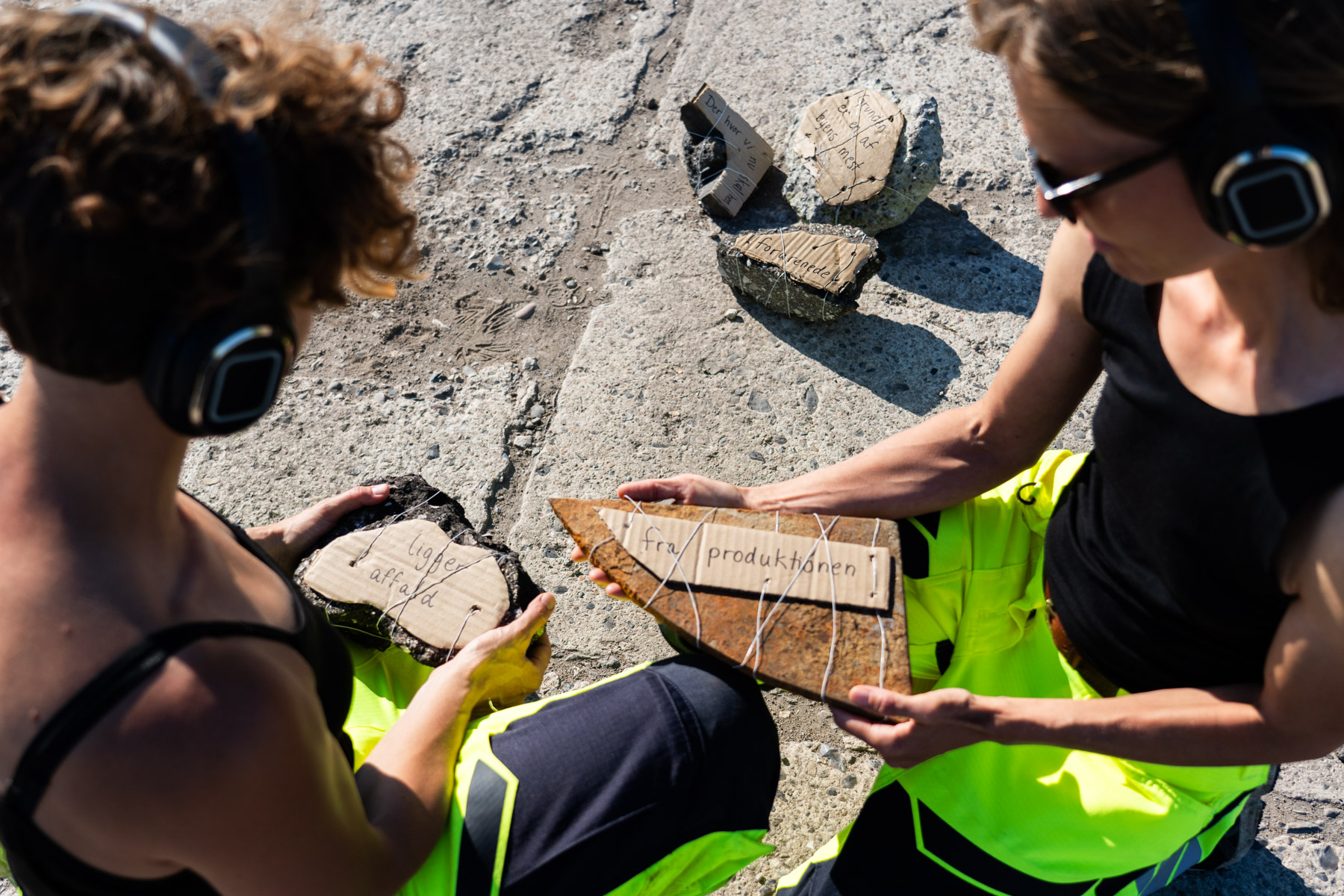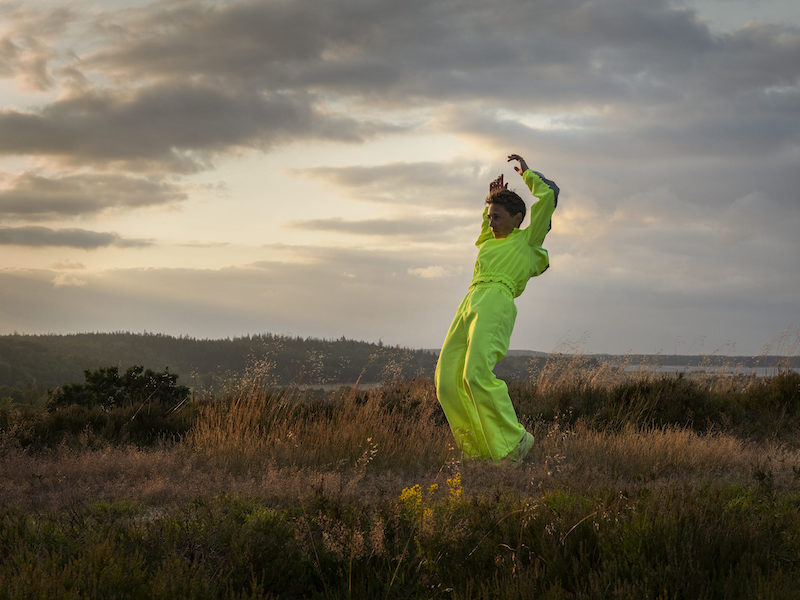 artists
artists
The Art of Walking the Talk
By Tora Balslev, dancer and Emerging Artist of Københavns Internationale Teater
19/03/2024
One year ago I was on the way to Pristina for my first IN SITU gathering as an emerging artist. It was a luscious experience to meet this network of organisers and artists around the topic of sustainability, as this topic is a drive running through all my artistic work.
During the seminar I was inspired by an informal conversation with artist Napsugár Trömböczky who mentioned allowing for laziness and spaces for rest as part of artistic processes. I have worked with slowness and connecting as an approach to sustainability for many years, and in the conversation, I was reminded that the way we work and live as artists are also potential spheres of building caring, sustainable ways to softly resist extractive capitalism, overconsumption, etc.
As the seminar came to a close, we were asked to reflect upon sustainability in groups, and suddenly I heard my self suggesting the topic laziness. I still ponder if the word is supportive, as laziness is traditionally a death sin and as such has negative connotations. But perhaps this carries a point in a capitalist society context, and makes it a ripe place to start a discussion for change.
A handful of artists and one organiser joined me, as I sat on the stage floor, and it was like the topic itself sparked an atmosphere of listening and taking time with each other. A quality of care. One shared motive in the group was a deep longing for time to breathe within creative processes and daily life. We talked about how absurd it seems to give artistic experiences of the immersed and connected, while not taking the time to be that way yourself, creating the work.
In Pristina I also presented and developed a site specific explorative project by the name SENSE of place (stedSANS), and arriving back in Copenhagen we went on producing this piece. It is a project of being with the landscape of a former intense industrial production, taking the time to care for this landscape. Many members of audience got immersed experiences in this scope, for example landscape architect Bettina Lamm, who expressed it like this: ”On this walk I experienced a place I already know, but in a completely new way. I walked with a sensation of responsibility and notions of care. Care in terms of being invited to engage and take an active position on the landscape”.
Now, when I look back through the lens of our Pristina laziness talk, I become aware, that during the SENSE of place project, just like the landscape we examined, I did not my self have time to breathe and regenerate. And this makes me wonder: Could our artworks make more powerful changes, if we could also make these changes in our own lives and processes? How can I walk the talk and change the way I work? How can I practice my practice?
I am thrilled to take these questions with me into the next chapter of a sustainability oriented artistic practice.
 stedSANS by Tora Balslev & Felia Gram-Hanssen at Metropolis, Photo: Jan Vesala
stedSANS by Tora Balslev & Felia Gram-Hanssen at Metropolis, Photo: Jan Vesala
